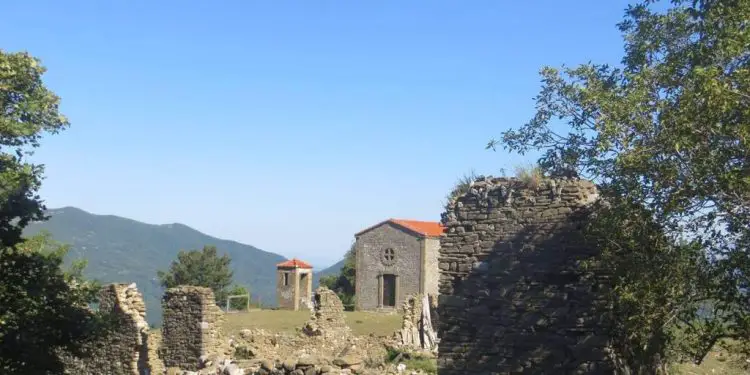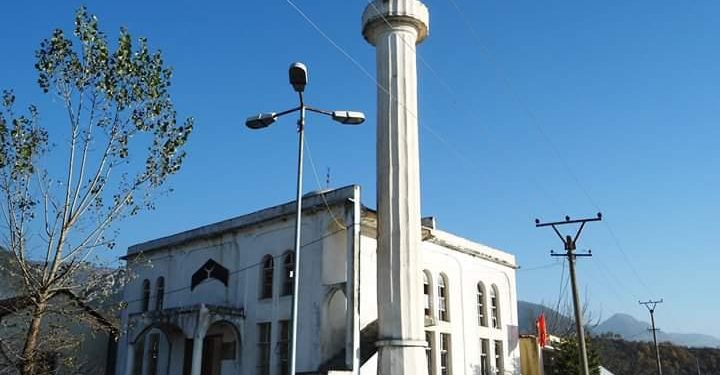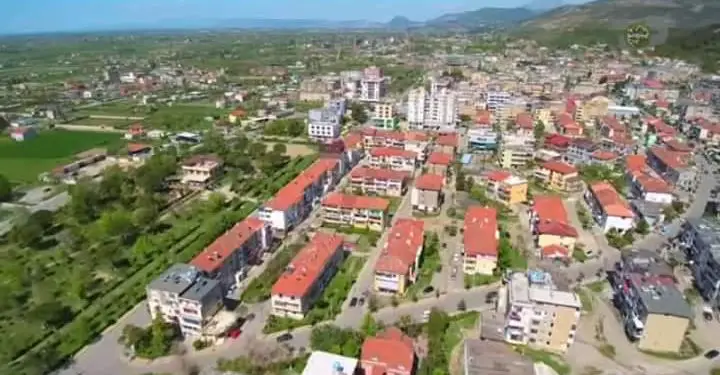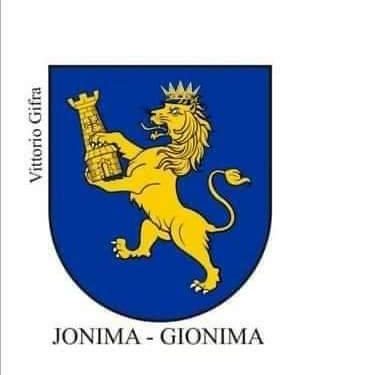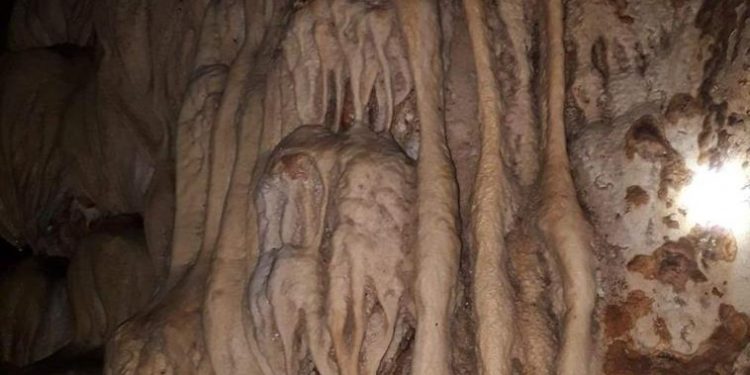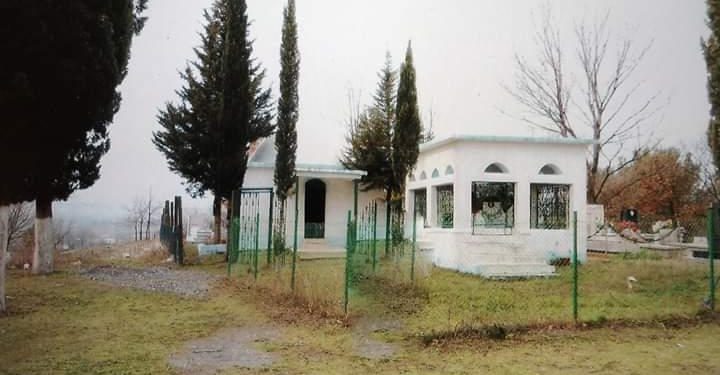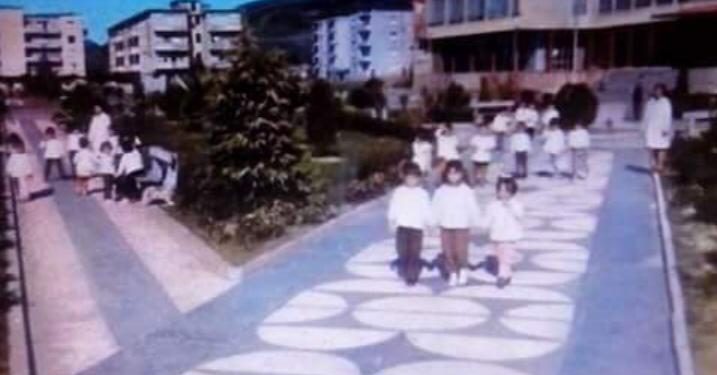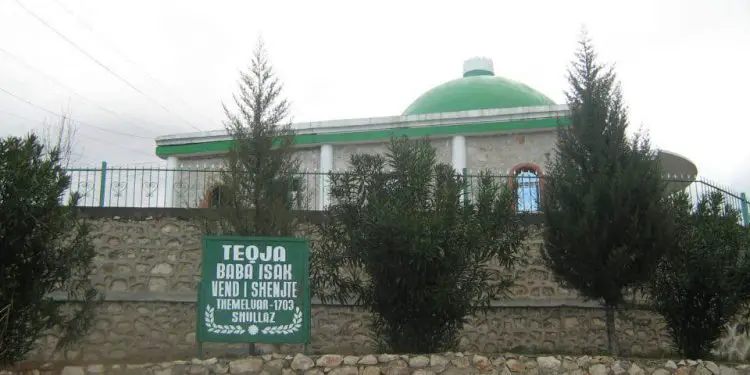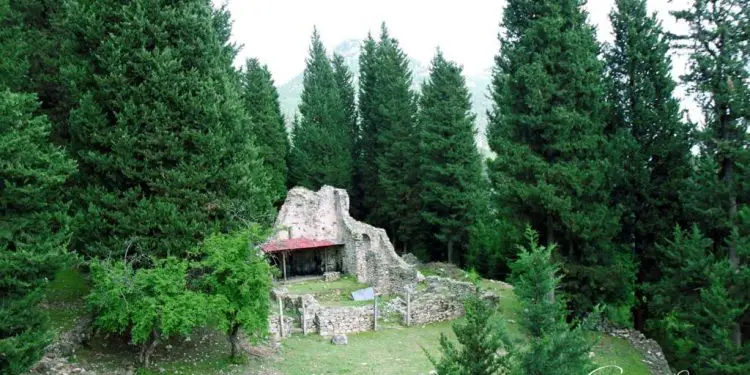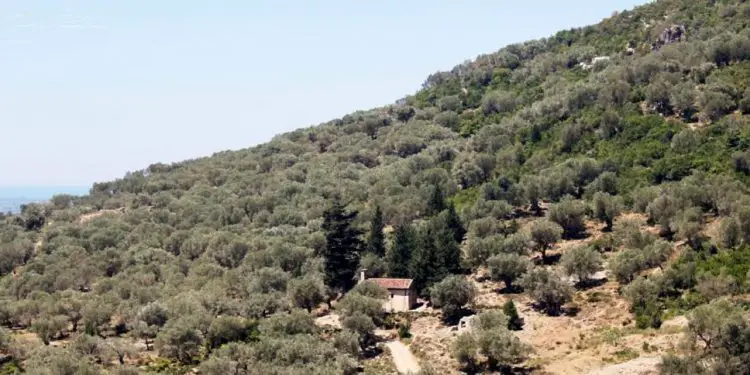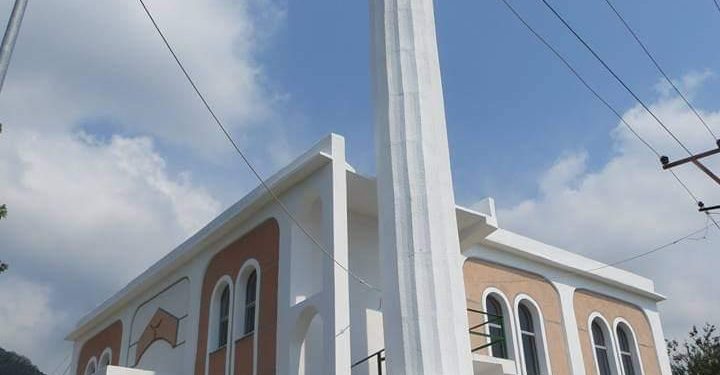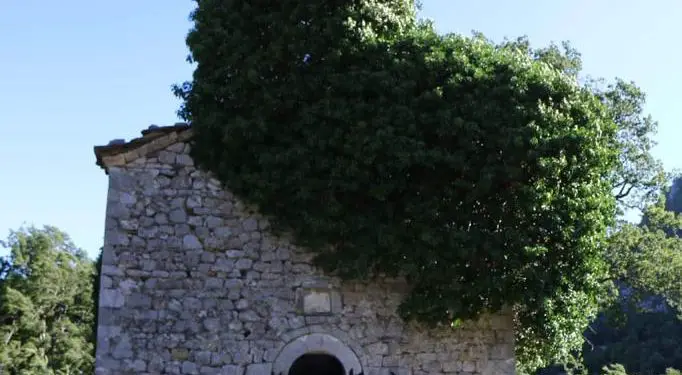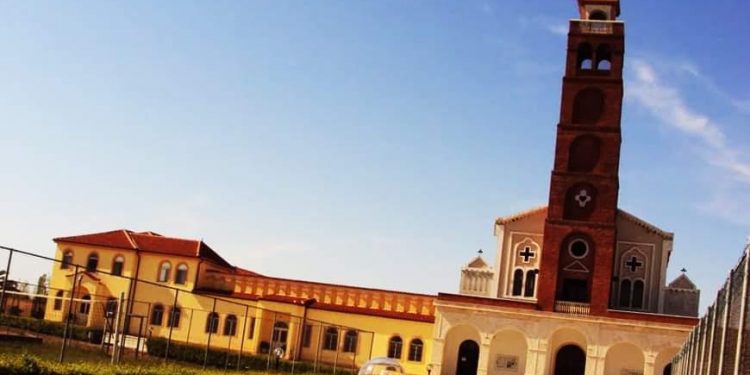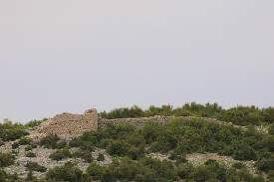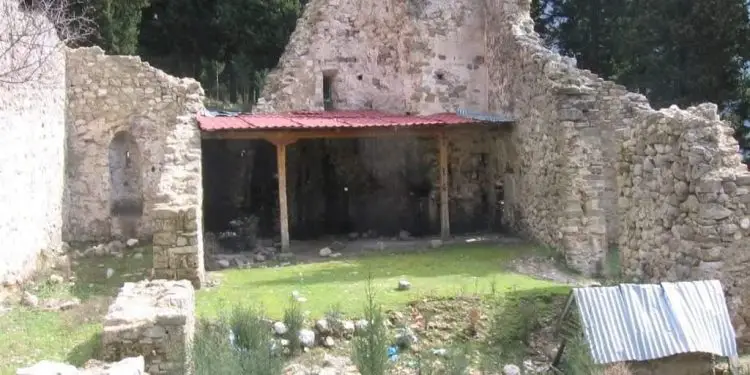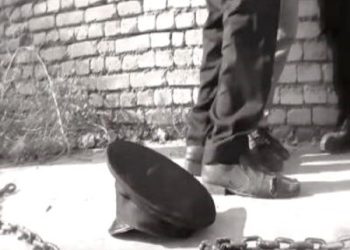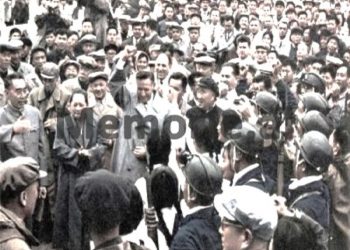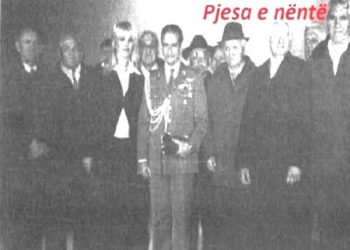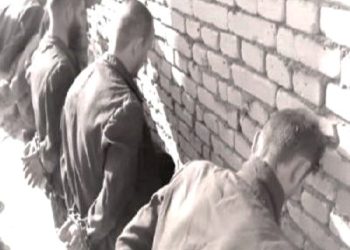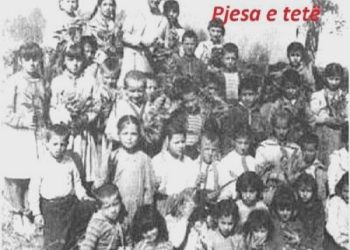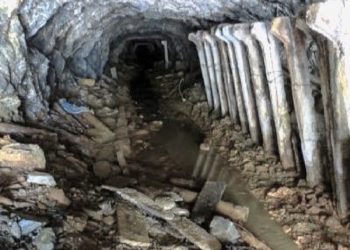
By Ymer Hysa
Who is Kurbin, how much do people know about this province, what historical and ethno-cultural values does it convey, is Kurbin a simple former industrial city as it is remembered by the high chimneys of factories and mills, or a simple agricultural place, a prosperous place where nature has spared nothing from its soul to give this region sea, field and mountain, hill and river, olive and chestnut, fertile land like only here, turning it into a prosperous place to live?
Archaeological sites and finds in Kurbin
The province of Kurbin with its residential centers is very early, it is thought several centuries before the New Age. This is confirmed by the archeological findings in the Castle of Sebastia which belongs to the Roman time around 167 BC. Also, in the villages of Kuqna, Gjorëm (Gjonëm), etc., Roman inscriptions have been found as well as earthenware, beads, bronze earthenware, bronze vessels, etc., which are thought to be quite ancient. The population of Kurbin belongs to the Albanian tribe.
Kurbin has several historical objects such as: Sebastia Castle, Skanderbeg Secret Castle in Daul-Lugapaq, Perviz Castle, Mullini Fall in Galata, which still exists since the time of Skanderbeg. The center of Kurbin in the Middle Ages was Sebastia and the princes were Gjonimaj.
Prince Gjonimaj, from the village of Gjonëm and the holy places
This province belonged to Arberia, and the state of medieval Arber. In 1208, the Gjonimaj family stands out, as principalities with its princes, where the most prominent was Dhimitër Gjonima from the village of Gjonëm i Kurbinit, based in Sebaste, who had 400 soldiers and 200 cavalries, and owned the villages of Kurbin and lands from Diolke to Durrës. After the death of Prince Dhimitër Gjonema in 1409, his vilayet was first taken over by the Topias and only a few years later by the Kastriots.
Kurbin is fortunate to be a holy place. There is the church of St. Ndoj, the Church of St. Prenda, the Episcopal See where the Albanian school was opened in 1632, the church of St. Mary as the Episcopal center of Kruja, the church of St. Theodore in Delbnisht. From Kurbin is also Pope Clement XII and the prominent clergyman, the signer of the Ecclesiastical Assembly of Arbri of 1703, Frat Martin Gjonema (Gjonmi)
Where does the name Kurbin come from?
The name Kurbin (as a village) is first mentioned in the Ottoman cadastral records in 1431 Corbin, in 1457 Corbino, and in 1467 Kurbin. For the name Kurbin, the identification given by Teodor Ipen-I seems more credible, where he states: “Not far from Kruje, in the village of Korbin, where the church of Saint Prenda is built of stone…”. It is thought that this village was located between Gallata and Skuraj.
On the etymology of the name Kurbin there are legends: “When you fall”, or “when you will be obeyed”, etc., which must have scientific linguistic support. The scholar David Luka, originally from Shkodra who has worked and lived for a long time in the district of Kruja, thinks that the name Kurbin derives from the union of the Illyrian word Karpe (rock) with the Illyrian suffix Karpin, Kërp and later Kurbin.
Administrative organization in the villages of Kurbin over the centuries
In the old administrative organization Kurbin had 16 villages. Skuraj, Nuajë, Vinjollë, Milot, Malbardhë, Gjonëm, Zhejë, Laç, Shullaz, Daulë, Mafsheq, Shëmri, Brret, Gallata, Shkretë, Delbnisht-Selite.
Over the years, some villages have been declining in population and consequently have joined their center or neighboring villages as has happened with Daula, Logapaç, Logorec, Prodan and Shkjezi, which today are preserved as neighborhoods of the village Selitë, and other villages have been added.
Ferrë-Skuraj and Shkopeti used to go together with Skuraj as a single village. Mamurrasi, although he was part of Kurbin, was not included in the flag of this province.
In the administrative organization of the government of 1921, Kurbin was a municipality of the sub-prefecture of Kruja in the prefecture of Durrës. The center of the municipality of Kurbin at that time was Milot, which had the Gendarmerie Post Office, the Civil Registry Office, the Post Office and the administration.
In 1945, the province of Kurbin, although it has been a separate administrative unit for many centuries, in the period 1945-‘90 was divided into two localities (Miloti and Mamurrasi) which were dependent on the district of Kruja.
The villages that passed to Mat and the creation of new villages
In these years the villages like Nuaja, Shkreta, Mafsheqi passed to Kruja, Ferrë-Shkopeti and Shkopeti passed to the district of Mat. Also in 1956 two new villages were created (Sandzak south of Laç in the lands of Gjormi and Neighborhood “Drita” north of Mamurras in the lands of Zheja), in which settled the inhabitants who came from Bushkashi, whose lands were flooded by the construction of the Shkopet and Ulza hydropower plants.
In 1957 the Adriatic village was established as a residential center for internees. Also, two villages were created, one “Katundi i Ri” at the entrance of Mamurras and the other “Dukagjin” west of Bushnesh from the relocation of the inhabitants from the Dukagjini highlands of Shkodra, who worked for deforestation, opening of marshy lands and opening of canals .
After 1992, Ferrë-Shkopeti and Shkopeti were returned under the administrative jurisdiction of Kurbin district and respectively to the municipality of Milot. While the villages of Nuoje, Mafsheq, Shkretë, and Brret passed to the district of Kruja.
Prior to the 1990s, the population of Laç (today the center of Kurbin) was second in the north after Shkodra, while currently the population in the district of Kurbin reaches 74,000 inhabitants. It is a heterogeneous population, created mainly after the early 60’s, when the construction of large industrial facilities and works began, such as: Superphosphate Plant which was later transformed into Chemical-Metallurgical Plant, Wood Processing Plant, Automotive Transport Park of Goods, (the largest vehicle park in Albania) Industrial Construction Enterprise, (the largest in Albania, where former candidates have also served as directors of the Political Bureau of the Central Committee of the ALP), Railway Construction Enterprise , Industrial Installation Enterprise, High Voltage Line Construction and Maintenance Enterprise, and many other enterprises and factories, including cooperatives and agricultural enterprises.
Geographical spread, heterogeneous population and religious harmony
The autochthonous area of Kurbin lies mainly in the highlands of the district from the villages of Skuraj, Miloti, Gallata, Vinjolli, Daula, Selita, Mali i Bardhe, Delnishti, Shullazi, Laçi, Gjormi, Zheja, etc., while the town of Laç, part of the plain area as Fushë- Kuqe, Gurëz, Gorre, Patok, Adriatik that were inhabited by people who came during the XIX and XX centuries.
This is in terms of knowing the composition of the population and the villages, but what we want to address in this article is the unity between the heterogeneous population of the culture of faith, origin, etc. I do not believe there is another second place like Kurbin, where you will find such a heterogeneous and so harmonious population.
There are villages entirely of the Muslim faith, such as Vinjolli, Gjormi, Shëmria, entirely of the Catholic faith, such as: Zheja, Skuraj, Gallata, etc., there are mixed villages of both religions, almost most of them. There are villages with mosques, churches, churches and mosques, mosques and tekkes, there are completely Muslim villages that do not have mosques but churches, such as Shëmria. There are tribes with Muslim names and Catholic surnames, there are unrestricted marriages between the two faiths, there are inhabitants from all over Albania, etc. Indigenous people know all their origins where they came from and almost the entire population is of Christian origin. There is no Muslim tribe in Kurbin that does not have its equivalent of the Catholic faith.
When we say that in Kurbin harmony is preserved and is preserved to a superior degree, I mean the relations established between generations. There is no religious holiday of any faith that has not become common in Kurbin. Christian families kept special cooking utensils for Muslim friends, almost all families were connected to each other by godparents and byrazera. There have never been conflicts over faith and never prejudices about engagement and marriage between two faiths.
Incoming residents, in unity with the locals
Although small as a region and not with a large population, only thanks to this unity has it been able to withstand the constant wars and struggles in history. There are many battles fought against the Turks, Serbs, Italians and Germans, where the Kurbins fought side by side even though they were in enmity. The flag of Kurbin with wise elders among the noblest and most righteous, has managed to bring to this day our pure and famous name. Continuous assemblies over the centuries, for the problems and conflicts that arose have been best resolved by the wise elders of Kurbin. They have wisely known how to make a pact between themselves, to come out as gods of this region and the whole homeland. It was precisely this unity and this harmony that made the first anti-Ottoman uprising for the declaration of independence start in Kurbin and be crowned until the raising of the flag in Milot.
It is precisely the harmony without prejudices, where people are equal before God, where friendship and trust was in the foreground, where generosity has never been lacking in this region that would make for 100 years in this region to come and stabilize inhabitants from all over Albania. We mention here the Kosovar families who came during the Kingdom who settled in Mamurras, the mountain families who came from Malësia e Shkodrës and Dukagjini who settled in Gurëz, Gorre, Fushë Kuqe, or the families who came from the South of Albania during the communist period , families that settled in cities like Laçi and Mamurrasi.
It is clear that Kurbin, being an autochthonous region, with cultural customs and traditions, having over the centuries heterogeneous populations, has served in a way and as a civic region, maintaining everything positive and benefiting everything good from the newcomers.
It is this cooperation and coordination, this friendship and solidarity, this harmony that makes even today in the period of democracy, to come and stabilize here residents from the northern districts, mainly Mirdita, Pukja, Dibra and Matjana, etc., and to have between them such a solid harmony.
It is these historical facts that elevate Kurbin and give him the authority of a “passport” of religious and social harmony before Albanians and the whole world, like no other region in Albania./Memorie.al




